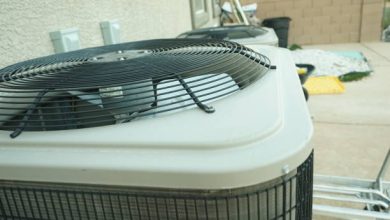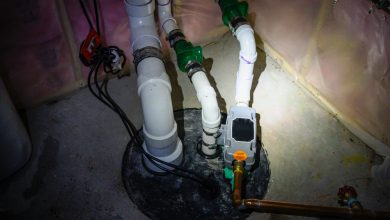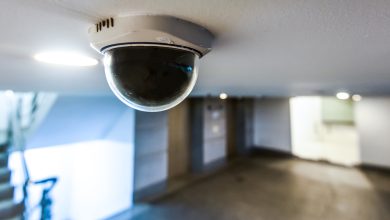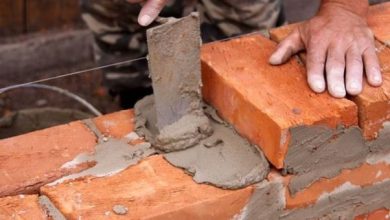Submersible Drainage Pumps: Why Every Home Needs One
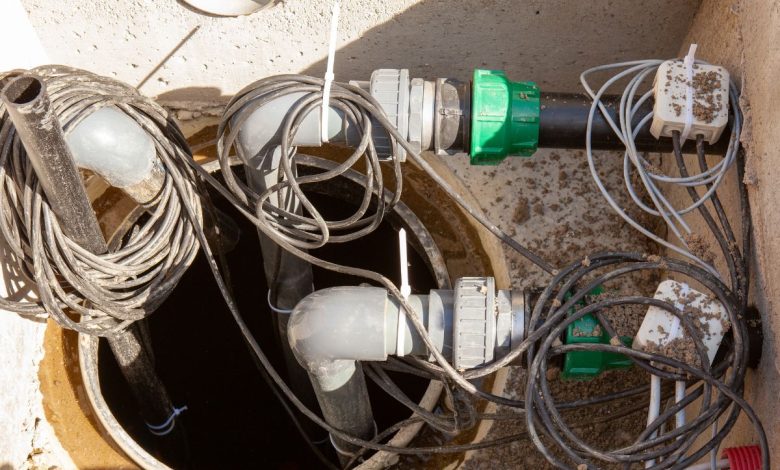
When it comes to household equipment, a submersible drainage pump is often overlooked—until you’re knee-deep in water and frantically searching for solutions. These unsung heroes can save the day, whether it’s a flooded basement or a malfunctioning drainage system. This article aims to shed light on submersible drainage pumps: what they are, how they function, and why every home would benefit from having one.
What is a Submersible Drainage Pump?
A submersible drainage pump is a specialized pump designed to operate while fully submerged in water. Unlike conventional pumps that need to be situated above the water level, these pumps can work from within the liquid they are draining. They are sealed hermetically to prevent water from entering the unit, which allows them to function efficiently and safely in submerged conditions.
The Science Behind It
Submersible pumps use a simple principle: create a pressure difference to move water. They consist of an impeller, which is basically a propeller inside a casing. When the impeller spins, it pushes water out, creating a low-pressure zone that sucks in more water. Since these pumps are submerged, they don’t require priming, which is the initial filling to get the pump started—a significant advantage over their non-submersible counterparts.
Types of Submersible Drainage Pumps
While submersible pumps come in a variety of types, there are three primary categories:
- Sump Pumps: These are the most commonly used in households for basement drainage. They’re generally installed in a sump pit and activated by a float switch when the water reaches a certain level.
- Effluent Pumps: Typically used for dirty water but not entirely solid waste. These are common in septic systems.
- Sewage Pumps: These are designed for high capacity and are capable of handling solid waste. They are commonly used in municipal sewage systems but can also be found in some advanced home systems.
| Type | Common Use | Can Handle Solids | Energy Efficiency |
| Sump Pumps | Basements, cellars | No | Moderate |
| Effluent Pumps | Septic tanks, dirty water | No | High |
| Sewage Pumps | Sewage systems, large solid waste | Yes | Low |
Why Do You Need One?
If you’re still wondering whether you need a submersible drainage pump, here are a few scenarios where they come in handy:
- Flooded Basements: One of the most common residential uses. A submersible pump can quickly and efficiently remove water from your basement.
- Pond Management: If you have a pond in your backyard, these pumps can help circulate water, aiding in aeration and preventing stagnation.
- Septic Systems: In homes with septic systems, submersible pumps ensure that the effluent flows into the drainage field as it should.
Key Features to Look For
When shopping for a submersible drainage pump, keep the following features in mind:
- Motor Power: Measured in horsepower (HP), the motor’s power determines the pump’s efficiency and effectiveness.
- Materials: Opt for pumps made from stainless steel or cast iron for durability.
- Gallons Per Minute (GPM): This rating tells you the volume of water the pump can move in one minute. Match it to your needs.
- Safety Features: Look for thermal overload protection and a quality seal to prevent water from getting into the motor.
Installation Guide
Installing a submersible pump is often considered a professional job, but if you’re comfortable with DIY tasks, you can do it yourself. Here’s a simplified guide:
- Locate the Pump: Typically, it goes in the lowest part of the area you’re draining.
- Prepare the Outlet: Make sure there’s a power outlet nearby to plug in the pump.
- Secure the Pump: Fasten the pump firmly to avoid any tilting or falling when it’s operating.
- Set Up the Discharge: Attach a hose or pipe to channel the drained water away.
- Test Run: Fill the area with a small amount of water to test the pump.
Maintenance and Troubleshooting
Regular upkeep is crucial for the longevity of your submersible pump. Make sure to:
- Clean the screen or inlet opening regularly.
- Lubricate the bearings if required.
- Keep an eye out for strange noises, which may indicate that something is stuck or that the motor is struggling.
What to Do
| Maintenance | Purpose |
| Screen Cleaning | Prevent clogs |
| Bearing Lubrication | Ensure smooth operation |
| Electrical Check | Safety and functionality |
Common issues include the pump not starting, water not draining, or the pump making loud noises. These could be due to electrical issues, a jammed impeller, or possibly a faulty float switch.
Safety Measures
Always remember to unplug the pump when you’re not using it or when performing any maintenance. Since the unit is designed to work in water, electrical safety is paramount. Make sure that all electrical connections are secure and that you’re using a ground fault circuit interrupter (GFCI) to plug in the pump.
Conclusion
Submersible drainage pumps are versatile, efficient, and downright essential for homeowners who need effective water drainage solutions. They are not just for emergency situations but are an integral part of maintaining a healthy living environment. Their submerged operation allows for quieter, more efficient performance, making them a preferred choice for many.
Armed with this in-depth guide, you’re now well-equipped to make an informed decision about installing and maintaining a submersible drainage pump in your home. Don’t wait for the next flood or drainage failure; take a proactive step today!
By taking action now, you’re not just solving your immediate drainage issues, but you’re also setting up a hassle-free future, ensuring that the next time waters rise, you’ll be high and dry. So why wait? Dive into the world of submersible drainage pumps and make a splash of a difference in your home today!
